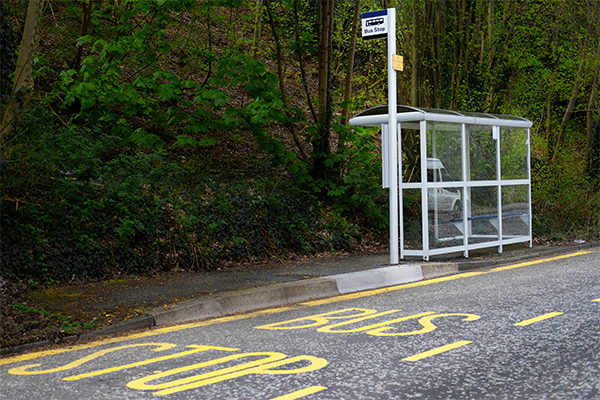TRL’s strongly affirm that rural areas should be included in the Government’s overall transport strategy, to help people living in rural areas to more fully participate in the economic and social life of the country.
The Covid-19 pandemic has shown that urban living might be less desirable for people who have less need to work by attending offices in ‘central’ locations. We expect rural areas to experience an increase in demand for living and local travel, as well as travel that connects people to those mass-transit hubs which serve larger urban centres.
Because of the fundamental issue of lower population density in rural areas, now, and in the future, they will require a transport system that focuses on matching supply to demand in real time (ideally ahead of time) based on geo- and temporal-locked data at the individual level for both travellers and service components.
In order to successfully deliver better transport outcomes, rural areas urgently need focussed research, development and trials, particularly for
- The way that information can be captured, shared, and utilised so that the privacy of individuals is respected and is secure against attack, developed in parallel with the detailed technical standards and techniques that enable it
- The underlying connectivity infrastructure and platforms and apps which people will use to interact with the transport system
- Any new business models (e.g. involving new transport modes such as micro e-car hire)
- 4G and 5G coverage in rural areas providing connectivity for transport users
- Continued or increasing use of home-working as a factor in reducing travel demand
- Balance between challenges and opportunities, and the impact this has on the higher cost to provide transport services.
- The aspiration should be for active and semi-active modes (including walking, cycling and e-cycling) to remain the best options for short journeys of all types. However active modes may be impractical for greater distances or by virtue of unsuitable infrastructure (narrower roads).
- The concept of timetabled publicly useable transport is not “mass transit” in a rural context and should be replaced with real-time on-demand transport, or ahead-of-time demand (i.e. predicted personal demand).
- ‘Last mile’ delivery for freight is rarely a mile outside a town.
Finally, we believe that innovation in transport for rural areas could be encouraged further by extending the concept of “living lab” research into rural locations. There is already a network of urban and intra-urban testbeds undertaking community engagement and research such as the Smart Mobility Living Lab in London. The role of these testbeds could be extended, or their format replicated, to support innovation in rural areas. The lower population density of rural areas in some respects makes them a better place to run first trials of new services and solutions. Rural areas are good proving grounds before a scaled-up trial in an urban setting. Hence, we recommend that rural areas should be prioritised as settings for trials of new demand-responsive and demand-predictive transport services, and for any trials of new shared micro-mobility services.
The consultation documentation can be accessed here.

